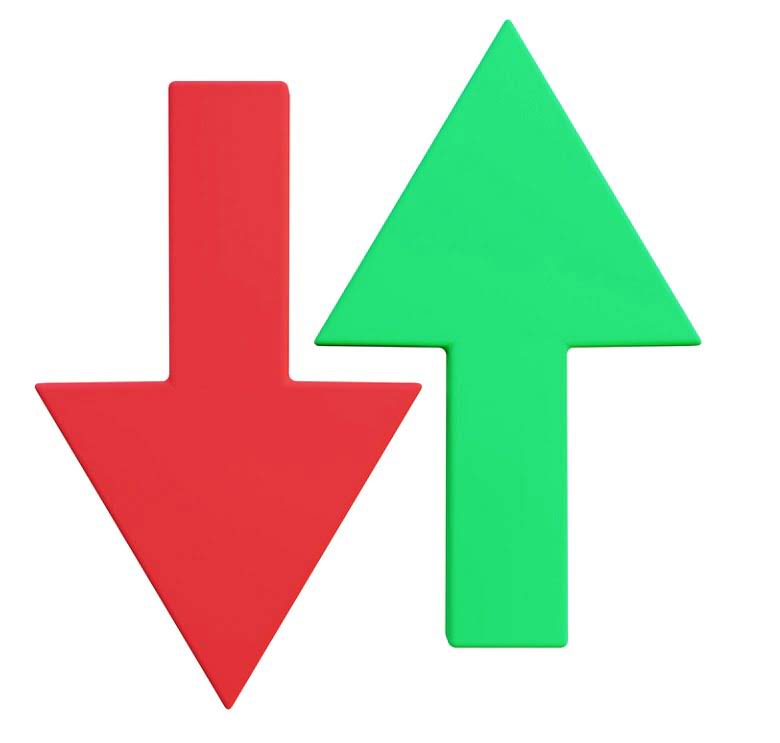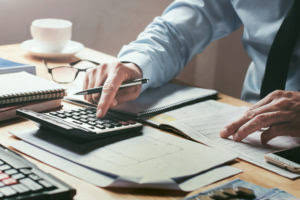
Like in the first year calculation, we will use a time factor for the number of months the asset was in use but multiply it by its carrying value at the start of the period instead of its cost. Accelerated depreciation techniques charge a higher amount of depreciation in the double declining balance method earlier years of an asset’s life. One way of accelerating the depreciation expense is the double decline depreciation method.
S Corporation Tax Filing: Benefits, Deadlines, and How-to
![]()
If you’re brand new to the concept, open another tab and check out our complete guide to depreciation. Then come back here—you’ll have the background knowledge you need to learn about double declining balance. Because the equipment has a useful life of only five years, it is expected to lose value quickly in the first few years of use. For this reason, DDB is the most appropriate depreciation method for this type of asset.

Financial Reconciliation Solutions
This may be true with certain computer equipment, mobile devices, https://www.bookstime.com/ and other high-tech items, which are generally useful earlier on but become less so as newer models are brought to market. Adam Hayes, Ph.D., CFA, is a financial writer with 15+ years Wall Street experience as a derivatives trader. Besides his extensive derivative trading expertise, Adam is an expert in economics and behavioral finance.
- Then come back here—you’ll have the background knowledge you need to learn about double declining balance.
- If you’re calculating your own depreciation, you may want to do something similar, and include it as a note on your balance sheet.
- Book a demo today to see what running your business is like with Bench.
- The double-declining balance (DDB) depreciation method, also known as the reducing balance method, is one of two common methods a business uses to account for the expense of a long-lived asset.
- But before we delve further into the concept of accelerated depreciation, we’ll review some basic accounting terminology.
How to calculate the double declining balance rate?

The depreciation expense recorded under the double declining method is calculated by multiplying the accelerated rate, 36.0% by the beginning PP&E balance in each period. The formula used to calculate annual depreciation expense under the double declining method is as follows. The steps to determine the annual depreciation expense under the double declining method are as follows. Depreciation rates used in the declining balance method could be 150%, 200% (double), or 250% of the straight-line rate. When the depreciation rate for the declining balance method is set as a multiple, doubling the straight-line rate, the declining bookkeeping balance method is effectively the double-declining balance method. Over the depreciation process, the double depreciation rate remains constant and is applied to the reducing book value each depreciation period.
While the double declining balance method emphasizes rapid depreciation, the salvage value plays a role in ensuring total depreciation does not reduce the book value below this amount. DDB is best used for assets that lose value quickly and generate more revenue in their early years, such as vehicles, computers, and technology equipment. This method aligns depreciation expense with the asset’s higher productivity and faster obsolescence in the initial period. To illustrate the double declining balance method in action, let’s use the example of a car leased by a company for its sales team.
- Since the assets will be used throughout the year, there is no need to reduce the depreciation expense, which is why we use a time factor of 1 in the depreciation schedule (see example below).
- With the constant double depreciation rate and a successively lower depreciation base, charges calculated with this method continually drop.
- The current year depreciation is the portion of a fixed asset’s cost that we deduct against current year profit and loss.
- Businesses must assess whether an asset’s carrying amount exceeds its recoverable amount, which may necessitate impairment reviews.
- That means you get the biggest tax write-offs in the years right after you’ve purchased vehicles, equipment, tools, real estate, or anything else your business needs to run.
- Like in the first year calculation, we will use a time factor for the number of months the asset was in use but multiply it by its carrying value at the start of the period instead of its cost.
- Eric also creates free accounting resources, including manuals, spreadsheet trackers, and templates, to support small business owners.
How to calculate DDB depreciation

Under the straight-line depreciation method, the company would deduct $2,700 per year for 10 years–that is, $30,000 minus $3,000, divided by 10. Doing some market research, you find you can sell your five year old ice cream truck for about $12,000—that’s the salvage value. To create a depreciation schedule, plot out the depreciation amount each year for the entire recovery period of an asset.
These tools can quickly adjust book values, generate detailed financial reports, and adapt to various depreciation methods as needed. Next, divide the annual depreciation expense (from Step 1) by the purchase cost of the asset to find the straight line depreciation rate. The DDB depreciation method offers businesses a strategic approach to accelerate depreciation. When it comes to taxes, this approach can help your business reduce its tax liability during the crucial early years of asset ownership. In the step chart above, we can see the huge step from the first point to the second point because depreciation expense in the first year is high.
